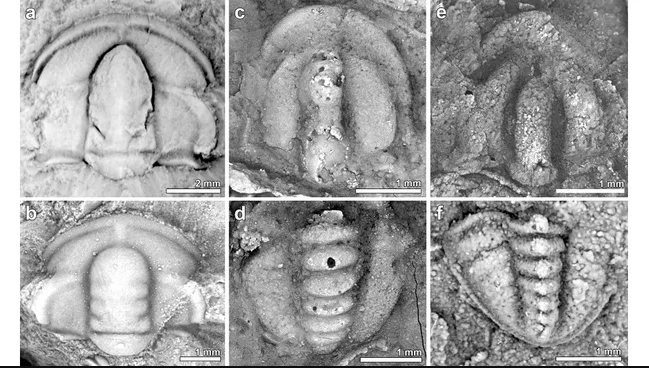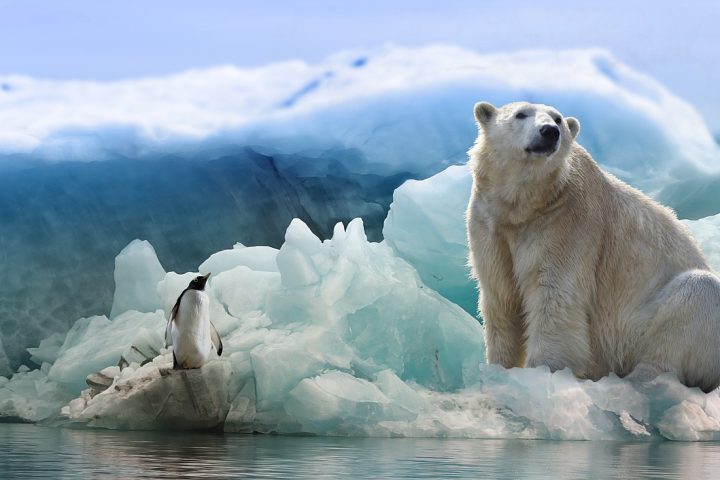Check out this heartwarming snapshot of a polar bear taking a rest on an iceberg.
It captured the attention of thousands and clinched the Wildlife Photographer of the Year People’s Choice Award.
British photographer Nima Sarikhani’s “Ice Bed” claimed the top honor in the 59th annual Natural History Museum of London competition with an impressive 75,000 votes, triumphing over approximately 50,000 other stunning entries from over 100 countries, as stated in a press release by the museum.
After a three-day search on the Svalbard archipelago of Norway, Sarikhani finally encountered a couple of bears. He trailed the magnificent creatures, and after eight hours, one of them grew weary and began fashioning a makeshift bed with its sharp claws. Sarikhani seized the moment and captured the scene.
“I am deeply honored to have won this year’s People’s Choice award for Wildlife Photography of the Year, the most esteemed wildlife photography competition. This photograph has evoked profound emotions in many viewers,” Sarikhani expressed to the museum. “While climate change poses the greatest challenge, I hope this photograph also instills hope. There is still time to rectify the havoc we’ve wrought.”
According to the museum, Svalbard harbors one of the 19 global populations of polar bears, with an estimated 300 bears inhabiting the area. However, due to global warming, the bear’s habitat in Svalbard is dwindling as temperatures have surged by 3-5 degrees Celsius since the 1970s.
“The duration of sea ice over shallower waters in much of the area is now considerably shorter than it was decades ago,” remarked Jon Aars, a researcher with the Norwegian Polar Institute, to the museum. “The decline in sea ice also impacts various aspects of their behavior. For instance, the bears often fail to reach areas in the East that have historically been crucial for den-building. Instead, the bears are now frequently found hundreds of kilometers closer to the North Pole, where the sea ice tends to persist.”
For the time being, the polar bear population in Svalbard remains steady, but the shifting temperatures could potentially affect the numbers in the future, cautions the museum.





